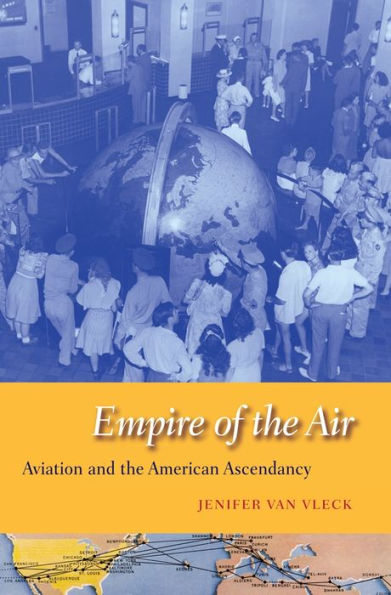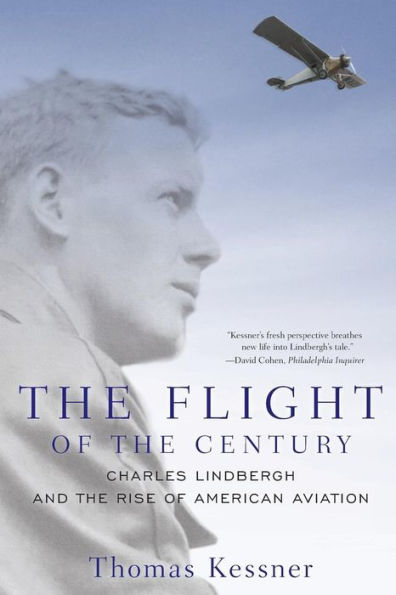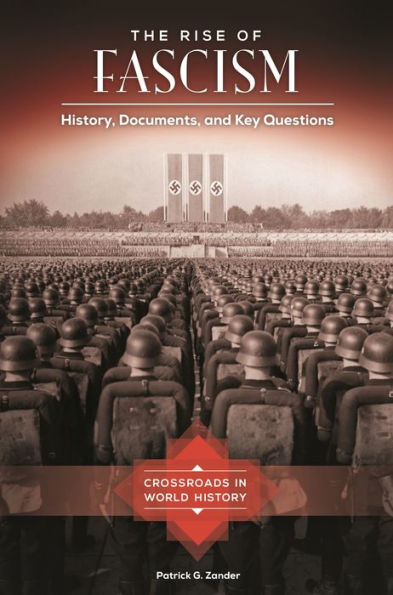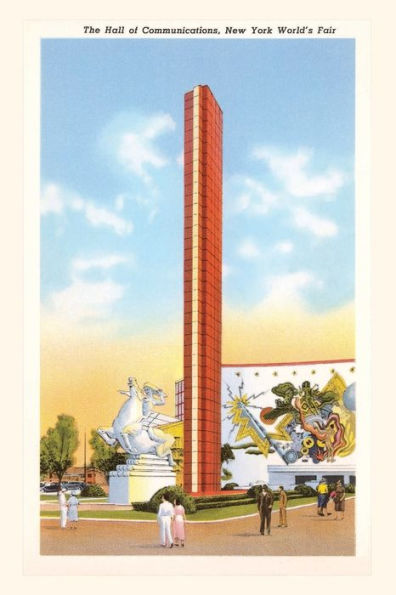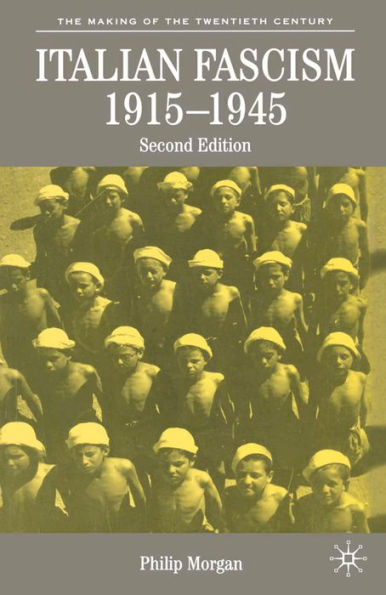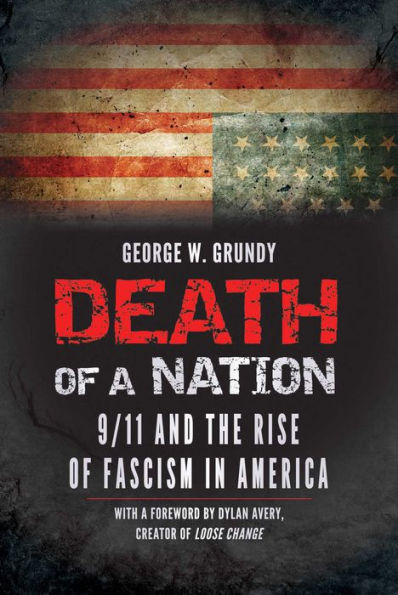Home
Broken Icarus: the 1933 Chicago World's Fair, Golden Age of Aviation, and Rise Fascism
Loading Inventory...
Barnes and Noble
Broken Icarus: the 1933 Chicago World's Fair, Golden Age of Aviation, and Rise Fascism
Current price: $29.95


Barnes and Noble
Broken Icarus: the 1933 Chicago World's Fair, Golden Age of Aviation, and Rise Fascism
Current price: $29.95
Loading Inventory...
Size: Audiobook
*Product Information may vary - to confirm product availability, pricing, and additional information please contact Barnes and Noble
The 1930s still conjure painful images: the great want of the Depression, and overseas, the exuberant crowds motivated by self-appointed national saviors dressing up old hatreds as new ideas. But there was another story that embodied mankind in that decade. In the same year that both Adolf Hitler and Franklin D. Roosevelt came to power, the city of Chicago staged what was, up to that time, the most forward-looking international exhibition in history. The 1933 World’s Fair looked to the future, unabashedly, as one full of glowing promise.
No technology loomed larger at the Fair than aviation. And no persons at the Fair captured the public’s interest as much as the romantic figures associated with it: Italy’s internationally renowned chief of aeronautics, Italo Balbo; German Zeppelin designer and captain, Doctor Hugo Eckener; and the husband-and-wife aeronaut team of Swiss-born Jean Piccard and Chicago-born Jeannette Ridlon Piccard.
This golden age of aviation and its high priests and priestesses portended to many the world over that a new age was dawning, an age when man would not only leave the ground behind, but also his uglier, less admirable heritage of war, poverty, corruption, and disease.
It was only later in the decade that the dark correlation between the rise of some of aviation’s superstars and the rise of fascism was to be revealed. But for a moment in 1933, this all lay in a future that still seemed so promising.
In
, author David Hanna tracks the inspiring trajectory of aviation leading up to and through the World’s Fair of 1933, as well as the field of flight’s more sinister ties to fascism domestic and abroad to present a unique history that is both riveting and revelatory.
